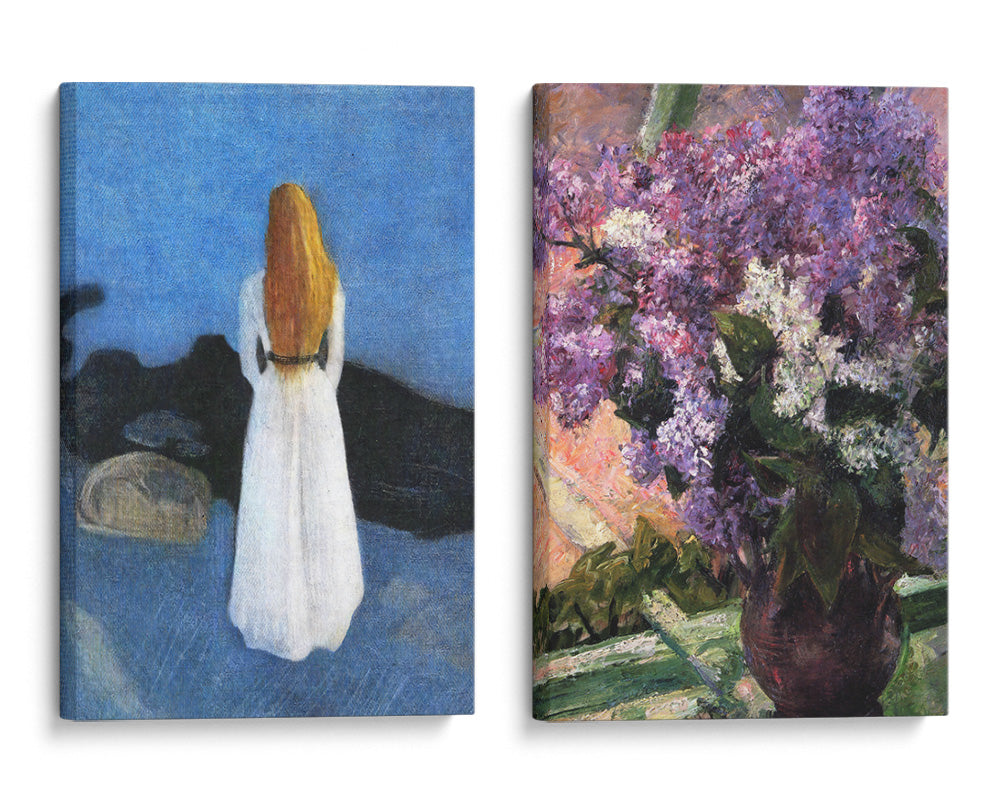62899191957
//kanvah.com/cdn/shop/files/st-ursula-and-her-companions-landing-at-basel-from-the-reliquary-of-st-ursula-1489.jpg?v=1724871102
//kanvah.com/cdn/shop/files/st-ursula-and-her-companions-landing-at-basel-from-the-reliquary-of-st-ursula-1489_20___20Framed_vertical-angled_3-4_BLACK.jpg?v=1735998261
1.0
//kanvah.com/cdn/shop/files/st-ursula-and-her-companions-landing-at-basel-from-the-reliquary-of-st-ursula-1489_20___20Framed_vertical-angled_3-4_BLACK.jpg?v=1735998261 1.0
//kanvah.com/cdn/shop/files/Mockup-Portrait-3-4_E2_80_945-st-ursula-and-her-companions-landing-at-basel-from-the-reliquary-of-st-ursula-1489.jpg?v=1735998261 1.0
//kanvah.com/cdn/shop/files/Mockup-Portrait-3-4_E2_80_946-st-ursula-and-her-companions-landing-at-basel-from-the-reliquary-of-st-ursula-1489.jpg?v=1735998261 1.0
//kanvah.com/cdn/shop/files/Mockup-Portrait-3-4_E2_80_947-st-ursula-and-her-companions-landing-at-basel-from-the-reliquary-of-st-ursula-1489.jpg?v=1735998261 1.0
//kanvah.com/cdn/shop/files/Mockup-Portrait-3-4_E2_80_948-st-ursula-and-her-companions-landing-at-basel-from-the-reliquary-of-st-ursula-1489.jpg?v=1735998261 1.0
//kanvah.com/cdn/shop/files/Mockup-Portrait-3-4_E2_80_949-st-ursula-and-her-companions-landing-at-basel-from-the-reliquary-of-st-ursula-1489.jpg?v=1735998261 1.0
//kanvah.com/cdn/shop/files/Mockup-Portrait-3-4_E2_80_9410-st-ursula-and-her-companions-landing-at-basel-from-the-reliquary-of-st-ursula-1489.jpg?v=1735998261 1.0
//kanvah.com/cdn/shop/files/Mockup-Portrait-3-4_E2_80_941-st-ursula-and-her-companions-landing-at-basel-from-the-reliquary-of-st-ursula-1489.jpg?v=1735998261 0.9992464204973625
//kanvah.com/cdn/shop/files/Mockup-Portrait-3-4_E2_80_942-st-ursula-and-her-companions-landing-at-basel-from-the-reliquary-of-st-ursula-1489.jpg?v=1735998261 1.0
//kanvah.com/cdn/shop/files/Mockup-Portrait-3-4_E2_80_943-st-ursula-and-her-companions-landing-at-basel-from-the-reliquary-of-st-ursula-1489.jpg?v=1735998261 1.0
//kanvah.com/cdn/shop/files/Mockup-Portrait-3-4_E2_80_944-st-ursula-and-her-companions-landing-at-basel-from-the-reliquary-of-st-ursula-1489.jpg?v=1735998261 1.0
//kanvah.com/cdn/shop/files/st-ursula-and-her-companions-landing-at-basel-from-the-reliquary-of-st-ursula-1489_20___20Canvas_vertical-angled_3-4_0.75.jpg?v=1735998261 1.0
//kanvah.com/cdn/shop/files/st-ursula-and-her-companions-landing-at-basel-from-the-reliquary-of-st-ursula-1489_20___20Framed_vertical-angled_3-4_WHITE.jpg?v=1735998261 1.0
//kanvah.com/cdn/shop/files/st-ursula-and-her-companions-landing-at-basel-from-the-reliquary-of-st-ursula-1489_20___20Framed_vertical-angled_3-4_GOLD.jpg?v=1735998261 1.0
//kanvah.com/cdn/shop/files/st-ursula-and-her-companions-landing-at-basel-from-the-reliquary-of-st-ursula-1489_20___20Framed_vertical-angled_3-4_SILVER.jpg?v=1735998261 1.0
St. Ursula and Her Companions Landing at Basel: A Tapestry of Martyrdom, Devotion, and Artistic IngenuityUnveil the captivating beauty and profound symbolism of Hans Memling's masterpiece, "St. Ursula and Her Companions Landing at Basel," from the Reliquary of St. Ursula. Woven around 1489, this exquisite tapestry narrates the legendary pilgrimage and martyrdom of Saint Ursula and her companions, inviting us on a journey of faith, sacrifice, and artistic brilliance.
Memling's Masterful Storytelling: A Tapestry of Intricate Detail
Memling's tapestry is a testament to his exceptional artistry. The meticulous attention to detail captures every nuance of the scene, from the delicate folds of Ursula's gown to the intricate architecture of Basel's cityscape. The rich colors and vibrant gold threads create a tapestry that is visually stunning and emotionally evocative.
The Legend of St. Ursula: Faith, Courage, and Martyrdom
The tapestry depicts the arrival of St. Ursula and her 11,000 virgin companions in Basel. According to legend, Ursula, a Christian princess, vowed to remain chaste and dedicate her life to God. This enraged the pagan king of England, who demanded she marry his son. Ursula and her companions fled to Rome, but were pursued and martyred by the king's army.
Symbolism and Meaning: A Tapestry of Spiritual Truths
Beyond its narrative, the tapestry is laden with symbolism. The white ships represent purity and faith, while the red crosses on the companions' garments symbolize their martyrdom. The presence of angels and saints underscores the divine protection and guidance Ursula and her companions received. The tapestry serves as a reminder of the power of faith and the triumph of good over evil.
Artistic Context: Memling and the Flemish Primitives
"St. Ursula and Her Companions Landing at Basel" is a prime example of the Flemish Primitive style. This movement, which flourished in the 15th century, was characterized by its meticulous attention to detail, vibrant colors, and religious themes. Memling, along with other Flemish masters like Jan van Eyck and Rogier van der Weyden, played a pivotal role in shaping this influential artistic style.
Devotional Object and Artistic Masterpiece
The tapestry was originally part of the Reliquary of St. Ursula, a magnificent reliquary shrine that housed the relics of the saint and her companions. It served as a devotional object, inspiring awe and reverence among pilgrims and worshippers. Today, it is recognized not only as a religious artifact but also as a masterpiece of artistic achievement.
Experience the Tapestry's Enchanting Presence
This high-quality reproduction captures the essence and beauty of Memling's original tapestry. It becomes a captivating centerpiece for your home, inviting you to immerse yourself in its intricate details and profound symbolism. The vibrant colors and exquisite craftsmanship will transport you to the world of 15th-century Flanders, where faith and art intertwined.
Let "St. Ursula and Her Companions Landing at Basel" inspire reflection, foster devotion, and serve as a testament to the enduring power of artistic expression.
45780937212053
45780937212053::12" x 16" / Fine Art Poster::::,
45780937244821::18" x 24" / Fine Art Poster::::,
45780937277589::24" x 32" / Fine Art Poster::::,
45780937310357::36" x 48" / Fine Art Poster::::,
45780937343125::45" x 60" / Fine Art Poster::::,
43828491485333::12" x 16" / Canvas::::,
43828491518101::18" x 24" / Canvas::::,
43828491550869::24" x 32" / Canvas::::,
43828491583637::36" x 48" / Canvas::::,
43828491616405::45" x 60" / Canvas::::,
43828491649173::12" x 16" / White Frame::::,
43828491681941::18" x 24" / White Frame::::,
43828491714709::24" x 32" / White Frame::::,
43828491747477::36" x 48" / White Frame::::,
43828491780245::45" x 60" / White Frame::::,
43828491813013::12" x 16" / Black Frame::::,
43828491845781::18" x 24" / Black Frame::::,
43828491878549::24" x 32" / Black Frame::::,
43828491911317::36" x 48" / Black Frame::::,
43828491944085::45" x 60" / Black Frame::::,
44170414948501::12" x 16" / Gold Frame::::,
44170415145109::18" x 24" / Gold Frame::::,
44170415636629::24" x 32" / Gold Frame::::,
44170415964309::36" x 48" / Gold Frame::::,
44170416160917::45" x 60" / Gold Frame::::,
44170415014037::12" x 16" / Silver Frame::::,
44170415276181::18" x 24" / Silver Frame::::,
44170415767701::24" x 32" / Silver Frame::::,
44170416095381::36" x 48" / Silver Frame::::,
44170416259221::45" x 60" / Silver Frame::::,
ar-view-on-your-wall



















